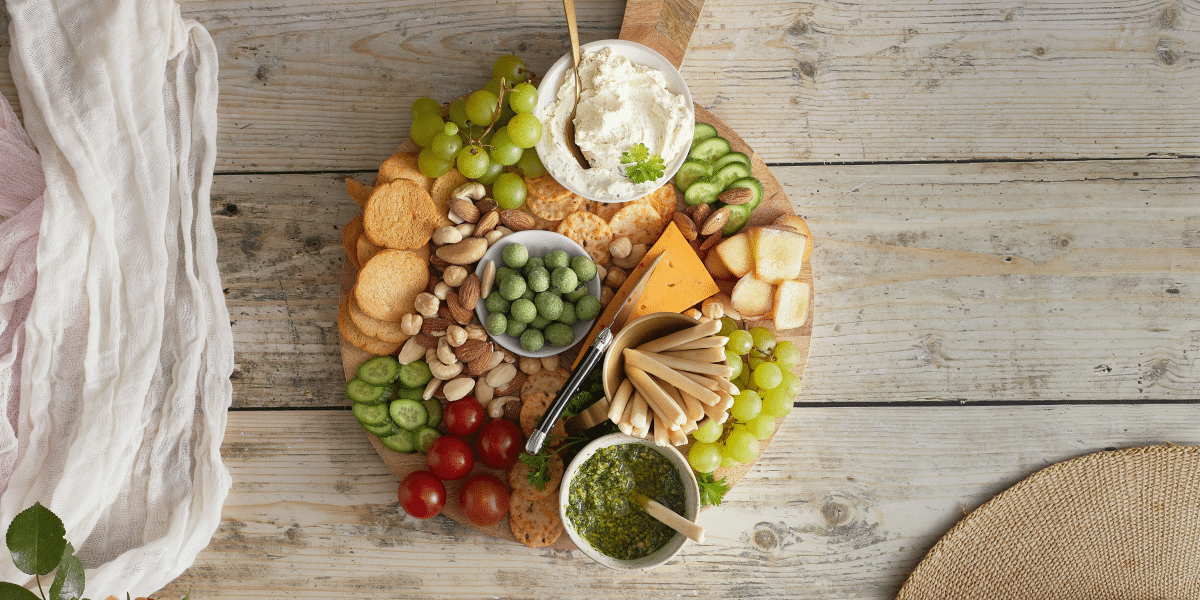In this article, we’ll explore how to balance flavors, the role of herbs and spices, and why experimentation is the key to creating delicious, well-rounded dishes.
What Are Basic Flavor Profiles?
Every great dish is built on a foundation of flavor profiles. These profiles represent the core tastes that make up a meal, and the balance between them can either make or break the dish. The five basic flavors are sweet, salty, sour, bitter, and umami. Each plays a unique role in cooking, and when used together, they create a harmonious blend that satisfies the palate.
- Sweet: Think of fruits, sugars, or honey. Sweetness can balance out strong or spicy flavors, creating a more rounded taste. It’s often used to enhance the natural flavors of a dish without overpowering it.
- Salty: Salt helps bring out the flavors of other ingredients. It also adds depth to a dish and balances out bitterness or sourness. However, it’s important not to overdo it, as too much salt can overwhelm other flavors.
- Sour: Found in vinegar, citrus, and fermented foods, sour flavors add brightness and cut through richness. This profile is great for balancing sweetness or fat in a dish.
- Bitter: Ingredients like dark leafy greens, coffee, and some spices contribute bitterness. A little bitterness can add complexity, though it should always be balanced with other flavors to avoid overwhelming the palate.
- Umami: Often described as a savory or meaty flavor, umami is found in ingredients like soy sauce, mushrooms, and aged cheeses. It adds depth and richness to a dish, making it more satisfying and full-bodied.
By understanding how these basic flavor profiles work, you can start to experiment with balancing them in your dishes. For example, if you’re making a rich tomato sauce, you might add a pinch of sugar to counteract the acidity of the tomatoes, or include herbs like basil and oregano to enhance the umami flavor.
How Can Herbs and Spices Transform Your Cooking?
Once you understand the basics of flavor profiles, the next step is to experiment with herbs, spices, and seasonings to bring your dishes to life. Herbs and spices are the unsung heroes of the kitchen—they can completely transform a simple meal by adding layers of flavor, complexity, and aroma.
Herbs like basil, cilantro, rosemary, and thyme are typically used fresh or dried, adding a burst of fragrance and brightness to dishes. For instance, basil pairs beautifully with tomatoes and garlic, creating a classic Italian flavor profile, while rosemary works wonders with roasted meats and vegetables. Cilantro brings a refreshing note to spicy or citrusy dishes, while thyme adds earthiness to soups and stews.
On the other hand, spices like cumin, paprika, turmeric, and cinnamon can introduce warmth, heat, or depth to your meals. For example, cumin adds a smoky, nutty flavor that’s essential in many Middle Eastern and Mexican dishes. Paprika provides a subtle sweetness or heat, depending on whether it’s smoked or sweet. Turmeric lends an earthy, slightly bitter flavor, often used in Indian curries for its color and health benefits. Cinnamon isn’t just for desserts—it’s commonly used in savory dishes like Moroccan tagines to create a warm, complex taste.
One of the key advantages of using herbs and spices is their ability to enhance the natural flavors of the ingredients in your dish. For example, adding rosemary and thyme to a roasted chicken doesn’t just mask the flavor of the meat; it highlights and complements its natural juiciness. Similarly, using spices like cumin or coriander in a vegetable stew brings out the earthiness of the vegetables, making the overall dish more satisfying and flavorful.
The possibilities are endless when it comes to combining herbs and spices. A simple roasted vegetable dish can go from basic to gourmet with the addition of rosemary, garlic, and lemon zest. Likewise, a basic soup can be elevated with the warmth of cumin and the freshness of cilantro. The key is to understand the role that each herb or spice plays in a dish and experiment to find the combinations that work best for your taste.
Why Should You Experiment with Flavor Combinations?
The secret to becoming a more confident and creative cook lies in the willingness to experiment with different flavor combinations. Don’t be afraid to step outside of your comfort zone and try new things, even if they seem unusual at first. Cooking is as much about exploration as it is about following recipes, and experimenting with flavors will help you develop a deeper understanding of what works and why.
A great place to start is by experimenting with classic flavor pairings. For instance, the combination of lemon and garlic is commonly used in Mediterranean cooking, as the bright acidity of the lemon complements the sharpness of the garlic. Similarly, the mix of cumin and coriander forms the backbone of many Middle Eastern dishes, creating a warm and aromatic base for meats, grains, or vegetables.
Once you feel comfortable with classic combinations, start creating your own. Try pairing unexpected flavors, like chili and chocolate in savory dishes, or mint and basil in a summer salad. The more you experiment, the more you’ll learn about what works well together and how to balance flavors effectively.
One useful tip when experimenting is to add seasonings gradually. Start with a small amount and adjust as you taste, ensuring that the flavors build naturally without overpowering one another. Over time, you’ll develop an intuitive sense of how much spice or herb is needed to bring balance to a dish.
Additionally, it’s important to pay attention to how cooking techniques can affect flavor. For example, toasting whole spices before grinding them can intensify their flavor, while slow-cooking herbs in a stew allows them to release their full aroma and depth. Understanding how different techniques impact flavor will further enhance your cooking skills.
Mastering flavor combinations is a key part of becoming a better cook. By understanding the basic flavor profiles and learning how to balance them with herbs and spices, you can elevate your dishes and create more complex, satisfying meals. Whether you’re sticking to classic combinations or branching out into new territories, experimenting with flavor is an exciting way to build confidence in the kitchen.
Over time, you’ll develop an instinct for combining ingredients, leading to more creativity and enjoyment in your cooking. So next time you’re in the kitchen, don’t be afraid to play around with flavors and discover what works best for you. The result could be your new signature dish!













